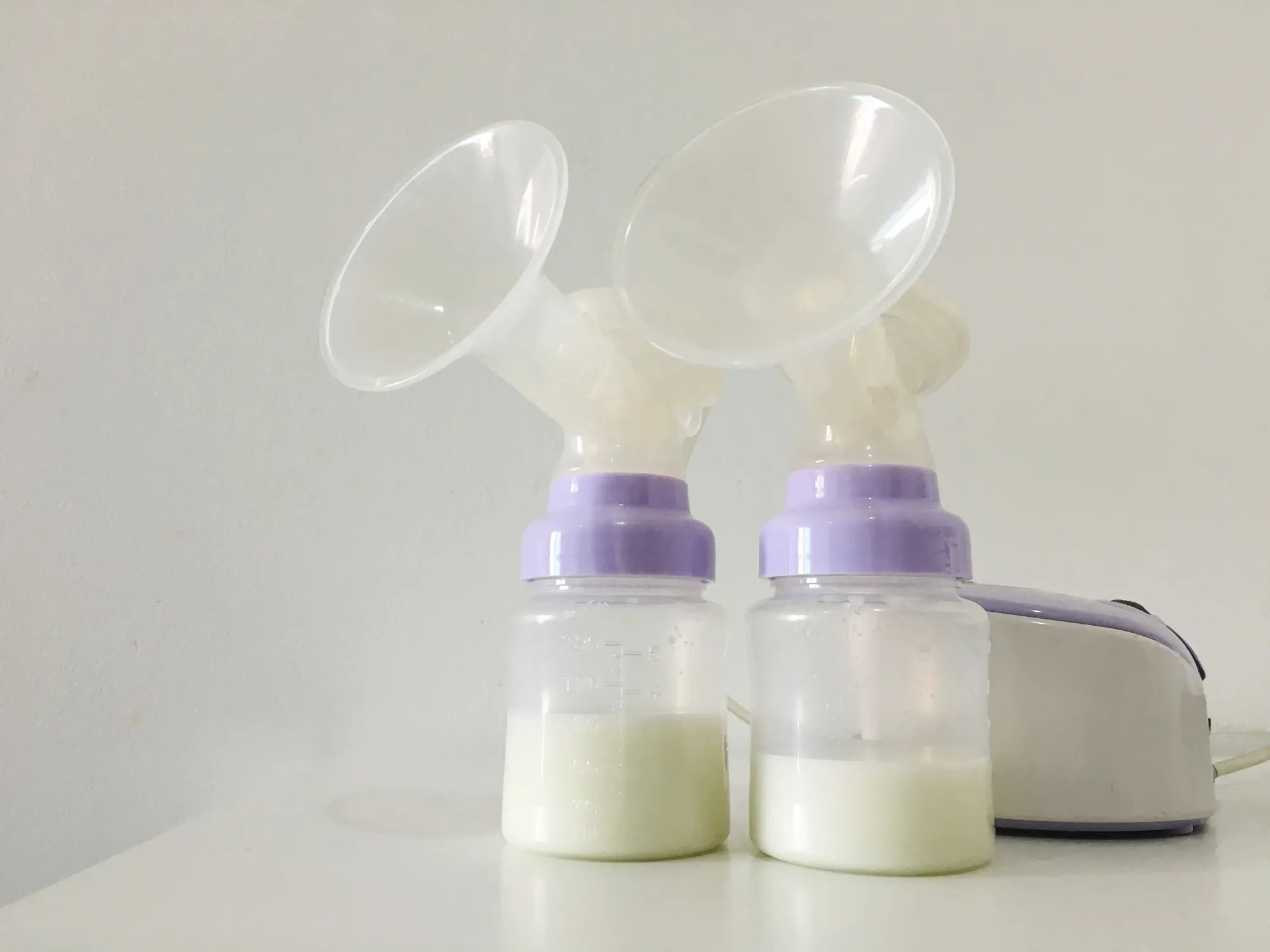Startseite
Pregnancy, Breastfeeding, and Pumping: The Ultimate Guide for Moms
How to Increase Breast Milk Using Breast Pump: A Comprehensive Guide

How to Increase Breast Milk Using Breast Pump: A Comprehensive Guide
Breastfeeding is a natural and essential process for both mother and baby, but many mothers face challenges in producing enough milk. Using a breast pump can be a game-changer in increasing milk supply. This guide will walk you through the best practices and techniques to maximize your milk production using a breast pump.
Understanding the Basics of Breast Milk Production
Breast milk production is a supply-and-demand process. The more your baby nurses or you pump, the more milk your body will produce. Hormones like prolactin and oxytocin play crucial roles in milk production and let-down. Understanding these basics can help you optimize your pumping routine.
Choosing the Right Breast Pump
Selecting the right breast pump is essential for effective milk expression. There are different types of breast pumps available, including manual, electric, and hospital-grade pumps. Consider factors like comfort, portability, and ease of use when making your choice. A well-suited pump can make a significant difference in your milk output.
Establishing a Pumping Routine
Consistency is key when it comes to increasing milk supply. Establish a regular pumping schedule that mimics your baby's feeding pattern. Aim to pump every 2-3 hours, including at least one session during the night. This routine signals your body to produce more milk.
Maximizing Milk Expression
To maximize milk expression, ensure that you are using the breast pump correctly. Start with a gentle massage to stimulate let-down. Use the correct flange size to avoid discomfort and ensure efficient milk removal. Pump for about 15-20 minutes per session, or until the milk flow slows down.
Incorporating Power Pumping
Power pumping is a technique that mimics cluster feeding, which can help boost milk supply. This involves pumping for 20 minutes, resting for 10 minutes, and repeating this cycle for about an hour. Power pumping can be done once or twice a day to stimulate increased milk production.
Maintaining Proper Hydration and Nutrition
Staying hydrated and maintaining a balanced diet are crucial for milk production. Drink plenty of water throughout the day and include lactation-friendly foods like oats, fenugreek, and leafy greens in your diet. Proper nutrition supports your body's ability to produce milk.
Managing Stress and Rest
Stress and fatigue can negatively impact milk supply. Prioritize rest and find ways to manage stress, such as through relaxation techniques or light exercise. A well-rested and relaxed body is more efficient at producing milk.
Monitoring Milk Supply
Keep track of your milk supply by measuring the amount of milk expressed during each pumping session. If you notice a decrease in supply, adjust your pumping routine or seek advice from a lactation consultant. Monitoring helps you stay on top of your milk production goals.
Seeking Professional Support
If you continue to face challenges in increasing your milk supply, consider seeking support from a lactation consultant. They can provide personalized advice and techniques to help you achieve your breastfeeding goals.
Increasing breast milk supply using a breast pump is achievable with the right strategies and consistency. By understanding the basics, choosing the right pump, establishing a routine, and taking care of your overall well-being, you can ensure a steady and sufficient milk supply for your baby. Start implementing these tips today and experience the difference in your breastfeeding journey.
Teilen
